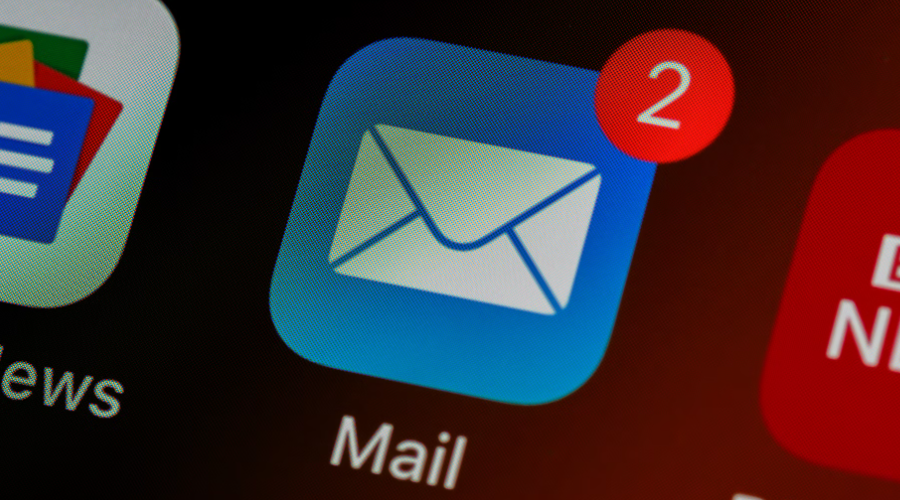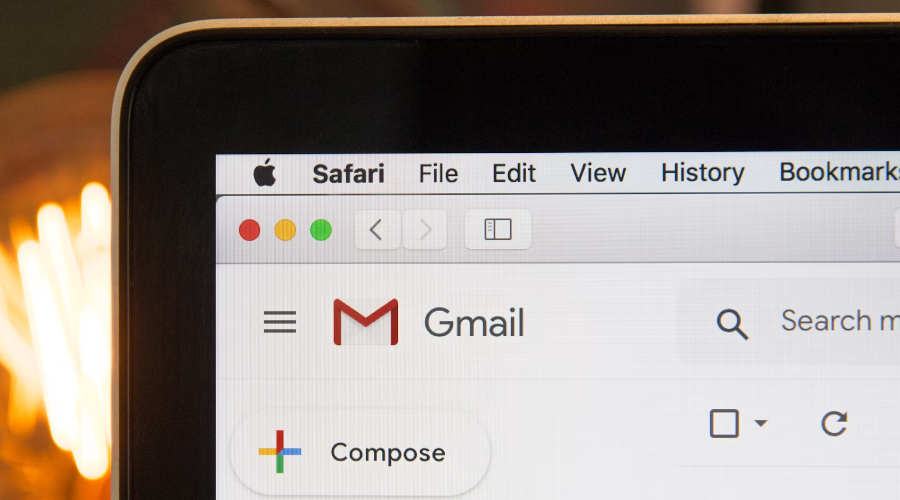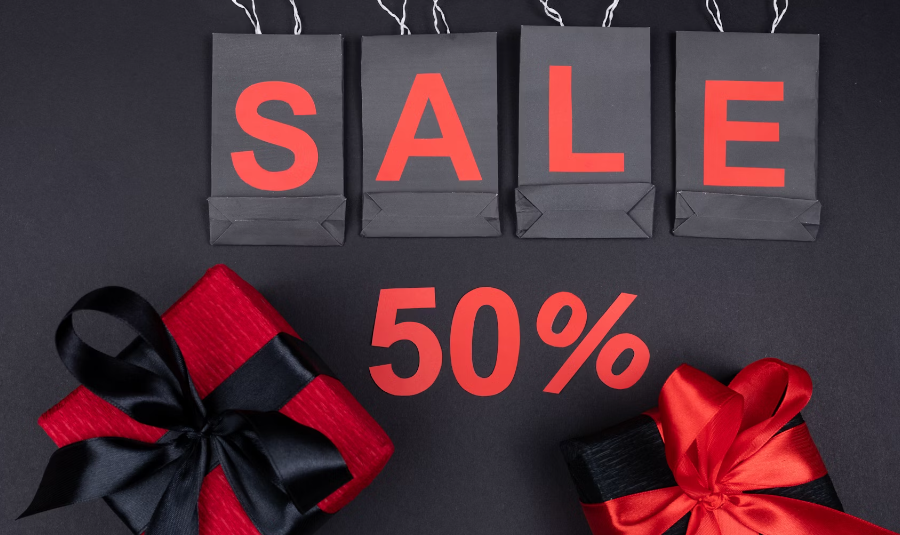Table of Contents
7 Tips To Use E-mail Marketing for Dropshipping
Time: Aug 26,2024 Author: SFC Source: www.sendfromchina.com
For dropshipping businesses aiming to increase sales and customer loyalty, email marketing is a crucial strategy that shouldn't be overlooked. With its ability to deliver targeted messages directly to potential buyers, email marketing can significantly enhance your reach and conversion rates.In this post, we’ll share seven expert tips to help you master email marketing and take your dropshipping business to new heights.

1. Why You Need Email Marketing for Dropshipping
Email marketing is not just a tool; it's the lifeline of your dropshipping business. While social media platforms and paid ads are essential, they often come with fluctuating costs and algorithms that are beyond your control. On the other hand, email marketing provides a stable, cost-effective way to communicate directly with your customers.When we discuss email marketing in the context of dropshipping, we're referring to a strategy that allows you to nurture leads, build relationships, and ultimately drive sales. Given the competitive nature of dropshipping, leveraging email marketing can set you apart by keeping your brand top-of-mind for your customers.
Why is Email Marketing Crucial for Dropshipping?

Cost-Effective: Compared to other marketing channels, email marketing offers a high return on investment (ROI). For every dollar spent, email marketing generates approximately $42 in return.
Customer Retention: Email marketing isn't just about acquiring new customers; it's about nurturing your existing ones. A well-maintained email list helps you build loyalty and repeat business, which is critical for long-term success.
Customization and Personalization: With email marketing, you can tailor your messages to specific segments of your audience, increasing the relevance of your communications and improving your conversion rates.
2. Tip 1: Building Your Email Marketing List

Why Your Email List is Your Most Valuable Asset
An email list filled with interested, potential customers is invaluable. Unlike social media followers, who can be lost due to algorithm changes or platform policies, your email list is entirely yours. It's a direct line to people who have already expressed interest in your products, making them prime candidates for future sales.Strategies for Building Your Email List
Offer Value in Exchange for Emails: People are unlikely to give you their email addresses without something in return. Offer incentives such as discounts, free shipping, or exclusive access to new products in exchange for sign-ups.Leverage Pop-ups and Sign-up Forms: Pop-ups and embedded sign-up forms on your website can effectively capture email addresses. Ensure these forms are easy to fill out and that the incentive is clear.
Utilize Social Media: Promote your email sign-up form on your social media platforms. Encourage your followers to join your email list for exclusive deals and insider information.
Run Contests or Giveaways: Contests and giveaways are a great way to collect email addresses. Ensure that entering the contest requires a sign-up to your email list.
Collect Emails During Checkout: If someone is purchasing from your store, they are already interested in your products. Use this opportunity to ask them to sign up for your newsletter during the checkout process.
3. Tip 2: Segmenting Your Audience

Benefits of Segmentation in Email Marketing
Increased Relevance: By tailoring your messages to specific segments, you're more likely to provide content that resonates with the recipient, leading to higher open rates and click-through rates.Improved Customer Experience: Sending relevant content shows that you understand your customers' needs and preferences, enhancing their experience with your brand.
Higher Conversion Rates: When your emails are more relevant to your audience, they're more likely to take the desired action, whether that's making a purchase, signing up for a webinar, or downloading a guide.
How to Segment Your Audience
Demographic Information: Segment your audience based on age, gender, location, and other demographic factors that may influence their purchasing decisions.Purchase History: Create segments based on what customers have purchased in the past. It allows you to send targeted emails promoting related products.
Engagement Levels: Identify your most and least engaged subscribers and tailor your messages accordingly. For example, you might send a special offer to re-engage inactive subscribers.
Customer Behavior: Segment your list based on how customers interact with your emails and website. For instance, you could create a segment for customers who have added items to their cart but haven't completed the purchase.
Lifecycle Stage: Segment your audience based on where they are in the customer journey. New subscribers might receive a welcome series, while repeat customers could get loyalty rewards.
4. Tip 3: Creating Compelling Content

Elements of Compelling Email Content
Attention-Grabbing Subject Lines: The subject line is the first thing your subscribers see, and it determines whether or not they open your email. Make your subject lines catchy, concise, and intriguing.Personalization: Personalize your emails by using the recipient's name and tailoring the content to their preferences and behavior. Personalized emails have been shown to increase open rates and conversions.
Clear and Concise Messaging: Your emails should be easy to read and get straight to the point. Avoid unnecessary fluff and focus on delivering value.
Strong Call to Action (CTA): Every email should have a clear and compelling CTA. Whether it's to make a purchase, read a blog post, or follow your social media channels, the CTA should be prominent and easy to follow.
Visual Appeal: Use high-quality images and a clean layout to make your emails visually appealing. Visual content can help convey your message more effectively and keep your subscribers engaged.
Types of Content to Include in Your Emails
Promotional Content: Share information about sales, discounts, and special offers to encourage purchases.Educational Content: Provide valuable information that helps your subscribers make informed decisions. It could be blog posts, how-to guides, or product recommendations.
Storytelling: Share your brand's story, customer testimonials, or behind-the-scenes content to build a connection with your audience.
Product Announcements: Keep your subscribers informed about new products, restocks, or limited-edition releases.
User-Generated Content: Showcase content created by your customers, such as reviews, photos, or testimonials. It adds authenticity and social proof to your emails.
5. Tip 4: Automating Your Campaigns

Benefits of Email Automation
Time Efficiency: Automation frees up your time by handling repetitive tasks such as sending welcome emails, cart abandonment reminders, and follow-up emails.Consistency: Automated campaigns ensure that your emails are sent consistently, maintaining a steady flow of communication with your subscribers.
Personalization at Scale: With automation, you can send personalized emails to different segments of your audience without having to manually create each one.
Increased Conversion Rates: Automated emails tend to have higher open and conversion rates because they are triggered by specific actions or behaviors, making them more relevant to the recipient.
Types of Automated Campaigns
Welcome Series: Send a series of welcome emails to new subscribers, introducing them to your brand and encouraging them to make their first purchase.Cart Abandonment Emails: Remind customers who have left items in their cart to complete their purchase. Include a special offer or discount to incentivize them to buy.
Post-Purchase Follow-ups: Send a thank-you email after a purchase, along with product recommendations or a request for a review.
Re-engagement Campaigns: Target inactive subscribers with a special offer or a request for feedback to bring them back into the fold.
Birthday or Anniversary Emails: Celebrate your customers' birthdays or anniversaries with personalized messages and exclusive discounts.
6. Tip 5: Tell Them What You Sell

How to Effectively Communicate Your Offerings
Feature Products in Every Email: Ensure that each email you send features at least one product. It keeps your offerings top-of-mind for your subscribers.Highlight Benefits: Don’t just list features; emphasize the benefits of your products. Explain how they solve a problem or meet a need.
Use High-Quality Images: Include clear, high-quality images of your products to showcase them in the best light.
Include Clear Pricing Information: Be transparent about pricing. If you're offering a discount, make sure it's prominently displayed.
Create Bundles: Promote product bundles or related items to increase the perceived value and encourage higher order values.
7. Tip 6: Provide Flash Sales or Discount

Why Flash Sales and Discounts Work
Creates Urgency: The limited-time nature of flash sales creates a sense of urgency, prompting customers to make a purchase before the deal expires.Increases Average Order Value: Offering discounts on orders over a certain amount can encourage customers to buy more to take advantage of the savings.
Clears Inventory: Flash sales are an effective way to move excess inventory quickly, freeing up space for new products.
Re-engages Inactive Subscribers: A special discount can be the perfect incentive to bring back subscribers who haven't engaged with your emails in a while.
How to Implement Flash Sales and Discounts
Announce Flash Sales with a Countdown: Use a countdown timer in your email to highlight the urgency of the flash sale.Offer Exclusive Discounts to Subscribers: Make your subscribers feel special by offering them exclusive discounts that aren’t available anywhere else.
Highlight the Savings: Make sure your subscribers know exactly how much they’re saving by including the original price and the discounted price in your email.
Send Reminder Emails: If your flash sale lasts more than a few hours, send reminder emails to ensure your subscribers don’t miss out.
Create Post-Sale FOMO: After the sale ends, send an email highlighting what was missed, which can increase engagement for future sales.
8. Tip 7: Create a Consistent Schedule

Why Consistency Matters in Email Marketing
Builds Trust: Regularly appearing in your subscribers’ inboxes builds familiarity and trust. They’ll start to look forward to your emails.Improves Engagement: A consistent schedule leads to higher engagement rates, as your subscribers know when to expect your emails and are more likely to open them.
Maintains Brand Awareness: Regular emails keep your brand top-of-mind, increasing the chances that subscribers will think of you when they’re ready to make a purchase.
Helps with Planning: A set schedule allows you to plan your content and promotions in advance, making your email marketing efforts more organized and efficient.
How to Establish a Consistent Schedule
Determine Your Frequency: Decide how often you want to send emails based on your audience and your resources. Common frequencies are weekly, bi-weekly, or monthly.Set Specific Days and Times: Choose specific days and times to send your emails. Research shows that certain days, like Tuesday and Thursday, often have higher open rates.
Stick to Your Schedule: Once you’ve established a schedule, stick to it. Consistency is more important than frequency.
Monitor Performance: Track the performance of your emails and adjust your schedule if necessary. If engagement drops, consider reducing the frequency or experimenting with different days and times.
Communicate Your Schedule: Let your subscribers know how often they can expect to hear from you. This sets expectations and reduces the likelihood of unsubscribes.
9. Related Reading
1. Is Dropshipping Still Worth It In 2024? The Ultimate Guide2. Dropshipping Pricing Strategy 2024: Everything You Need To Know
3. Dropshipping Marketing Strategy: 8 Tips To Market Your Dropshipping Store 2024
10. FAQs
1. How often should I send emails to my dropshipping customers?
The frequency of your emails depends on your audience and the value you provide. A good starting point is once a week. Monitor engagement and adjust as needed.2. What should I include in my email subject lines?
Subject lines should be short, catchy, and relevant to the content of the email. Use action words and personalize when possible to increase open rates.3. How can I reduce unsubscribe rates?
To reduce unsubscribe rates, focus on providing value in every email, keep your content relevant to your audience, and avoid sending emails too frequently.4. Is it necessary to segment my email list?
Yes, segmentation is crucial. It allows you to send more personalized and relevant emails, which can lead to higher engagement and conversion rates.5. How do I measure the success of my email marketing campaigns?
Track key metrics such as open rates, click-through rates, conversion rates, and ROI. These metrics will help you understand how well your emails are performing and where you can improve. Post Views:2457
Post Views:2457
Copyright statement: The copyright of this article belongs to the original author. Please indicate the source for reprinting.
Previous Post
3PL vs Amazon FBA: A Comprehensive Analysis
Next Post
In-depth Analysis of the New PRC Regulations of Amazon Brazil, SFC--One of the First Carriers
TAGS
Hot Research
Recent News
Get a Custom China Fulfillment Solution with FREE Storage for 30 Days
 Want to know about our services, fees or receive a custom quote?
Want to know about our services, fees or receive a custom quote?
 Please fill out the form on the right and we will get back to you within a business day.
Please fill out the form on the right and we will get back to you within a business day.
 The more information you provide, the better our initial response
will be.
The more information you provide, the better our initial response
will be.





 TAGS:
TAGS: